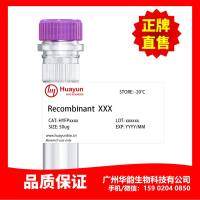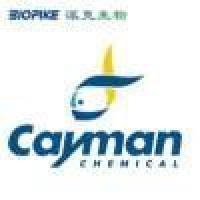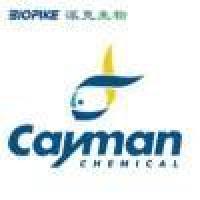Expression and Purification of Recombinant Histones and Nucleosome Reconstitution
互联网
637
In vitro studies on nucleosome core particles (NCPs) and nucleosomes have generally been limited to the use of histone proteins isolated from chromatin. Numerous reliable and well-established methods have been described of obtaining single histone proteins in significant quantity (e.g., refs. 1 and 2 , and references therein). Briefly, the histone complexes (histone octamer, or histone tetramer and histone dimer) are isolated from “long chromatin,” which is extracted from nuclei. The histone complexes can be further fractionated into individual histone proteins. This approach suffers from several disadvantages. First, the procedure is time-consuming and depends on the availability of fresh tissue or blood from the organism of choice. Second, histone proteins isolated from natural sources are often degraded by contaminating proteases (3 ). Third, histone isotypes and posttranslational modifications of histone proteins give rise to heterogeneity. The extent of heterogeneity and modification strongly depend on the type and developmental state of the tissue from which chromatin is isolated and can vary significantly between different batches. Fourth, and most important, only naturally occurring histone proteins can be obtained by this method.








